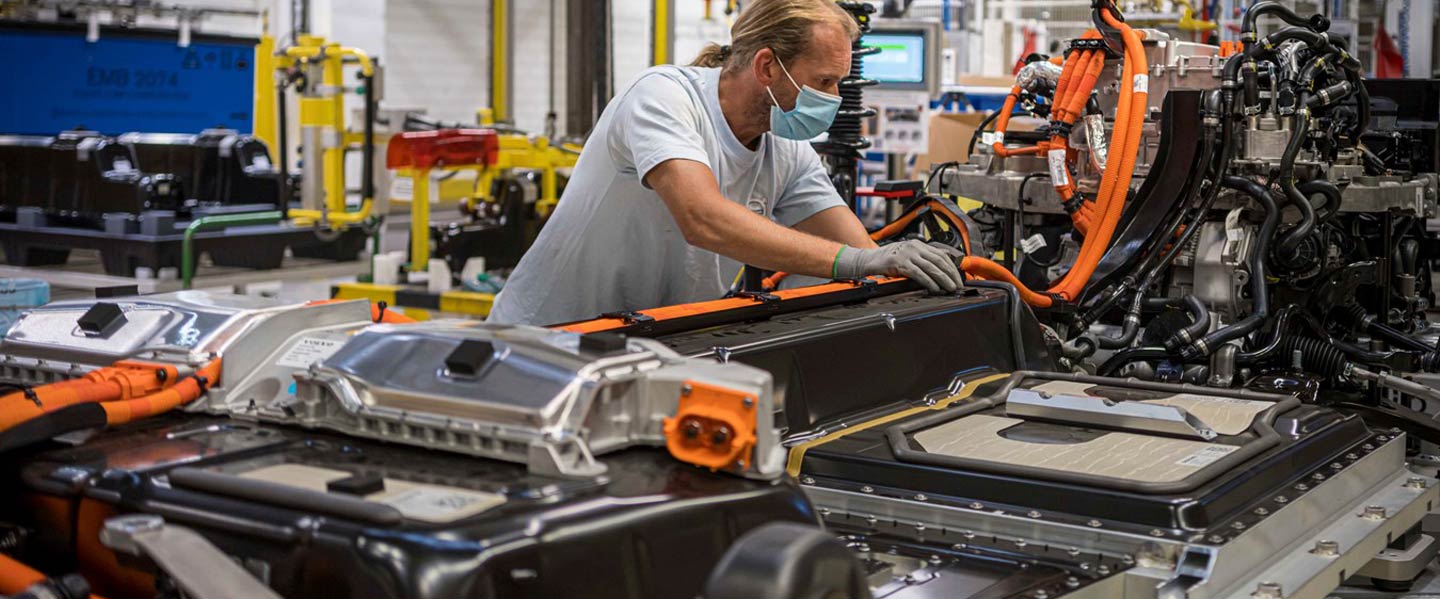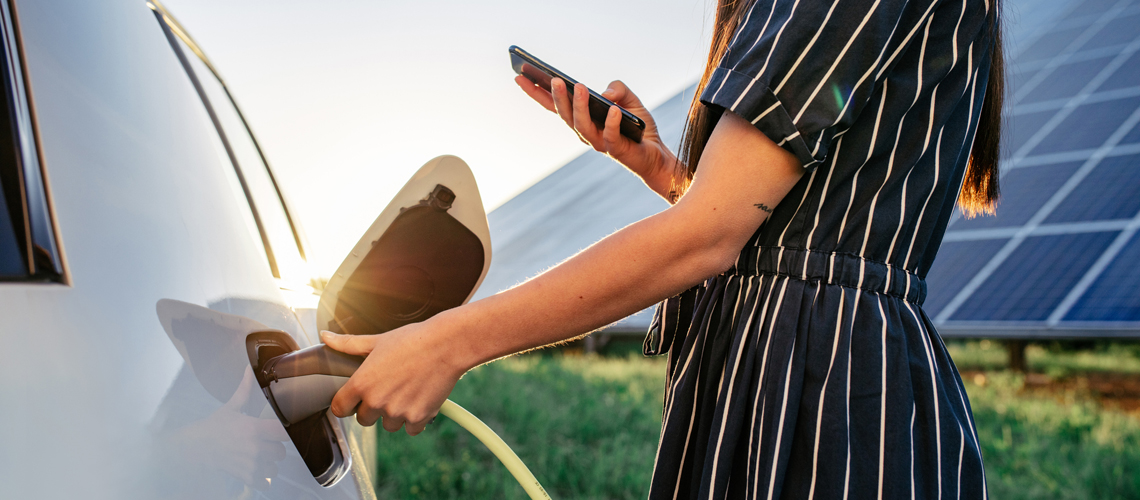


Critics make unsubstantiated claims that EV batteries last only eight years and raise concerns about unethical practices of mining battery minerals. There are also concerns that the emissions from manufacturing electric vehicle batteries make EVs worse for the environment.
Scientific studies and real-world reports allow a glimpse into what to realistically expect from an EV battery.
EV batteries last a lot longer than many people realise. While it is true that lithium-ion batteries degrade over time, the question of "how long do electric car batteries last" is not straightforward.
A study1 released in March 2023 by US-based battery report firm Recurrent Auto notes that car makers estimate battery lifespan to be around 20 years.
That said, battery degradation occurs over time, and can mean two things: the EV doesn’t drive as far, and it takes longer to charge.
Telematic data from Recurrent Auto’s community of 15,000 EV owners shows that after a decade, many EV batteries retain 80 per cent of their original capacity.
However, because batteries degrade, battery replacement concerns are commonplace among new EV buyers.
But Recurrent Auto’s study shows that these are relatively rare, and more common in earlier EV models with older battery chemistry:
No. EV batteries take more energy to make than engines, but analysis shows that EVs are still a better solution than ICE vehicles for reducing transport-related carbon emissions over their entire lifecycle – even in Australia where much of our energy is still generated by coal.
Modelling by the NRMA and PwC Australia shows that the average new ICE vehicle emits around 185gCO2/km whereas the average new BEV only emits around 98 gCO2/km if charged via the grid.
Adding to that, a 2016 report2 for the Australasian Transport Research Forum compared greenhouse gases from ICE cars and EVs in four scenarios: driven either 14,000km or 20,000km a year, and owned for 10.7 or 20 years.
Under all scenarios, it showed that any EV made between 2010-2030 will produce fewer greenhouse gas emissions over its lifetime than the equivalent ICE vehicle.
This is even in the absence of government policy levers to increase renewable energy sources. As Australia’s power generation mix moves towards more renewables, the greater climate benefits EVs have over ICE vehicles.
The study also showed that the more an EV is driven, the larger the benefit. But, it also noted that while ICE carmakers are working towards improving efficiency of their vehicles, EV makers are tending towards larger batteries.
While one obvious solution to this is to encourage drivers to buy EVs with smaller batteries, the authors of the paper also recommended that EV makers work towards reducing greenhouse gases in their manufacturing processes.
Also, once a mineral is extracted and used to make a battery, it can be used for many years to power an EV, using power created on site by the sun, anywhere around the world. By comparison, once fossil fuels have been refined and distributed around the planet, they are burned and they are gone.

Lithium-ion batteries – which are used in EVs as well as laptops and smartphones - are composed of materials like lithium, cobalt, and nickel. These elements are not only scarce but are often sourced from regions with questionable human rights practices, particularly cobalt mines in the Democratic Republic of Congo.
Other impacts of mineral extraction can include deforestation, habitat destruction, soil and water pollution, and displacement of indigenous communities.
For these reasons, Amnesty International urges drivers to demand ethical sourcing of battery materials.
An example of this could be choosing an EV with a lithium-iron-phosphate battery, which uses neither nickel nor cobalt.
These impacts are not limited to mining minerals for lithium-ion batteries, of course.
Nevertheless, it is important to work towards sustainable and responsible mining practices to minimise the environmental and social consequences of battery mineral extraction.
Some carmakers are already working towards these goals. In 2019, Volvo said3 it would become the first carmaker to use blockchain to trace the cobalt used in its XC40 Pure Recharge batteries.
Battery experts say up to 95 per cent of materials can be recovered for other uses or turned into new batteries4.
Recovering minerals from used EV batteries can reduce greenhouse gas emissions by over 50% compared to mining virgin materials4.
A Melbourne University researcher noted that only 10 per cent of small lithium-ion batteries were recycled in 20215. The low recycling rate is partly due to low collection rates (that is, small lithium-ion batteries are often thrown out rather than returned for recycling,) and the complexity of extracting valuable materials for reuse.
Luckily, as EV batteries will last at least 20 years - and because the vast majority of EV batteries are still in use - there is time to develop large-scale battery recycling into a viable industry.
Promoting the circular economy and reusing minerals instead of mining new ones can help reduce the impacts of mining battery minerals.
Australia has the expertise and resources to become a global leader in EV battery recycling. The country is already making strides in this area, with several innovative projects in the pipeline5.
Sources:
This article was updated on 10 August, 2023 to clarify that low collection rates of batteries refers to small consumer batteries, not EV batteries.